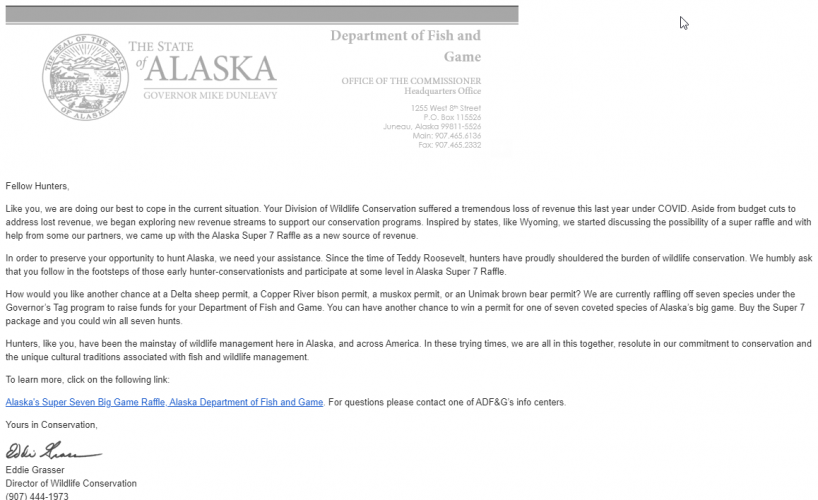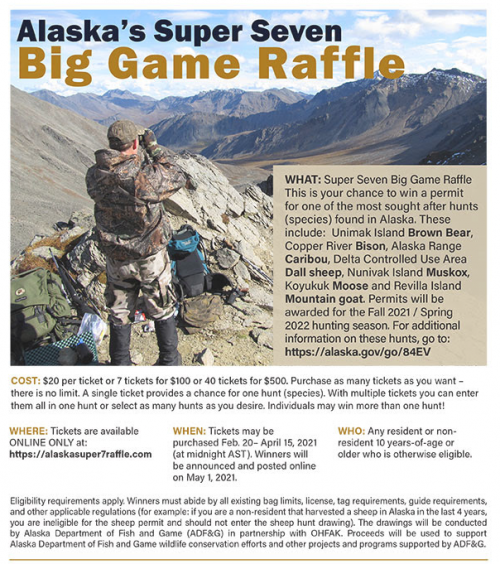brocksw
Well-known member
You might be right. I'm inclined to see other things as having more significant impact on the bedrock of the NAM but I could easily be wrong.When I am talking meat hunters, I am mean true meat hunters that value the hunt only for the meat. The kind of guy or gal that goes hunting and shoots the first legal animal that offers a good shot and then goes home. Very few of those hunters exist today compared to when I started hunting and when My dad started hunting they may have been a big majority. Now most of us still value the meat but more value is placed on the experience. Antlers are part of the equation but by no means all of it.
The idea of giving landowners tags isn't a bad idea. But I do think allowing them to sell them is detrimental and has a long term net negative impact on the NAM. As leopold predicted we reward landowners who participate in the NAM...but I don't think he meant that we should be okay with putting a price on their heads for resale as the reward. I'm obviously speculating there, but that's commericializing it.
The glorification of antlers has driven monetization like I stated above. Look at the hushin guy who monetized that bull he shot in utah. He was making replicas and literally going on tour with the antlers to make money. Posting it on instagram over and over to gain followers and sponsorship. That's a perversion of the NAM. It was basically a ticket to fame, he commericialized it.
Commercialization, in my eyes is the bigger problem. 150 years ago animals were damn near wiped out just for meat, tongues, hides, etc... It was the market for something that offered resale value and unregulated meat hunting that was apart of that market that almost drove multiple species into extinction.
Look at shark fin soup and the impact it's had on shark populations, or the whaling industries impact on whale populations. It's the commercialization of any aspect of it whether it's an antler, a steak, a fin, whatever it may be once it's been commercialized, it seems like that's when things start going downhill.
The laws in place to outlaw the sale of wildgame meat have prevented the commericialization of meat, because meat was commercialized.
Last edited:






